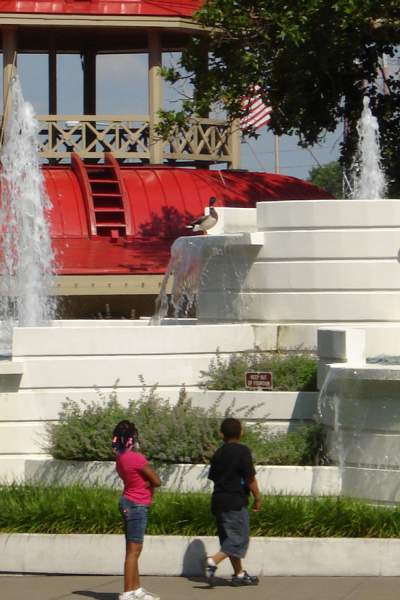Discover everything from alligators to camels at Decatur’s Scovill Zoo. Visit a hands-on children’s museum. Go fishing on beautiful Lake Decatur and take a historic walking tour for a lighthearted look at Decatur’s colorful past.

Discover everything from alligators to camels at Decatur’s Scovill Zoo. Visit a hands-on children’s museum. Go fishing on beautiful Lake Decatur and take a historic walking tour for a lighthearted look at Decatur’s colorful past.